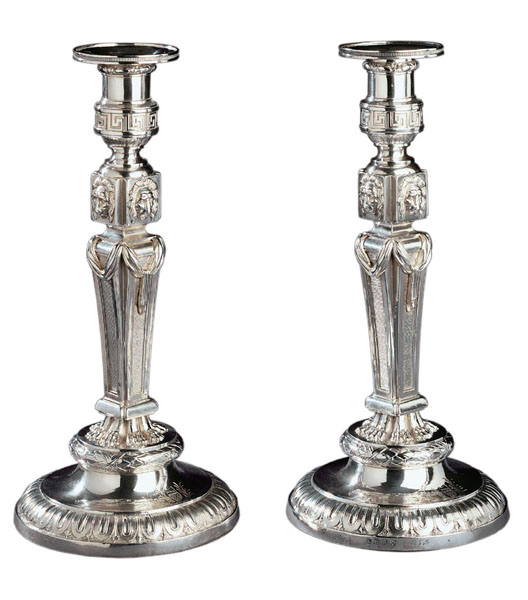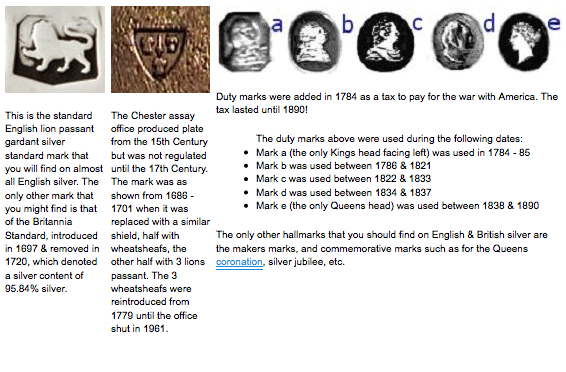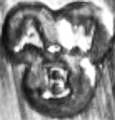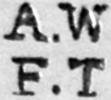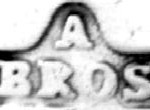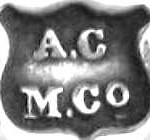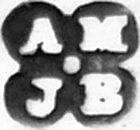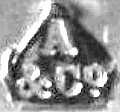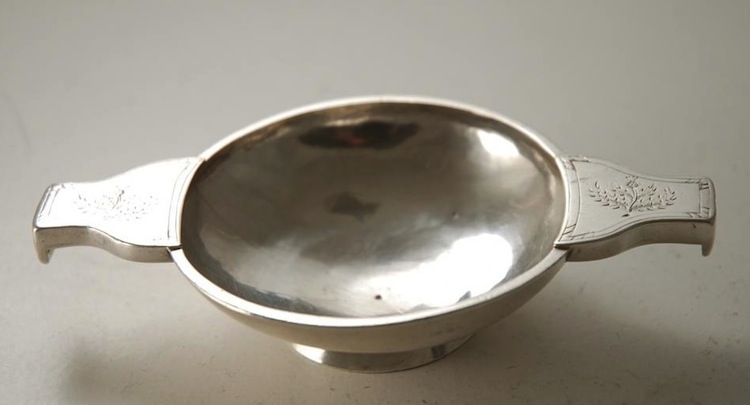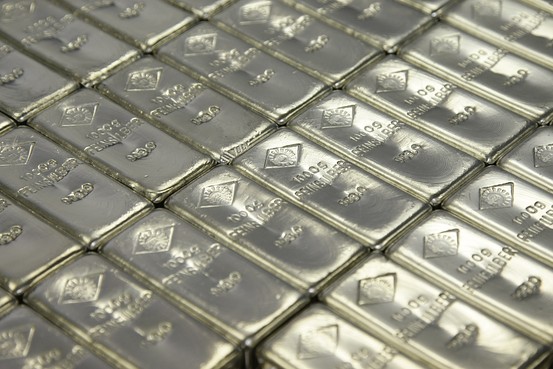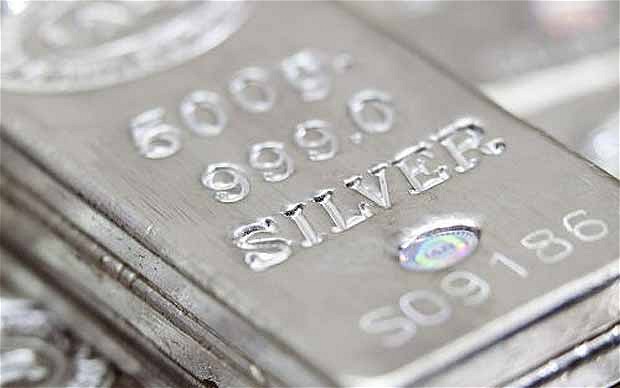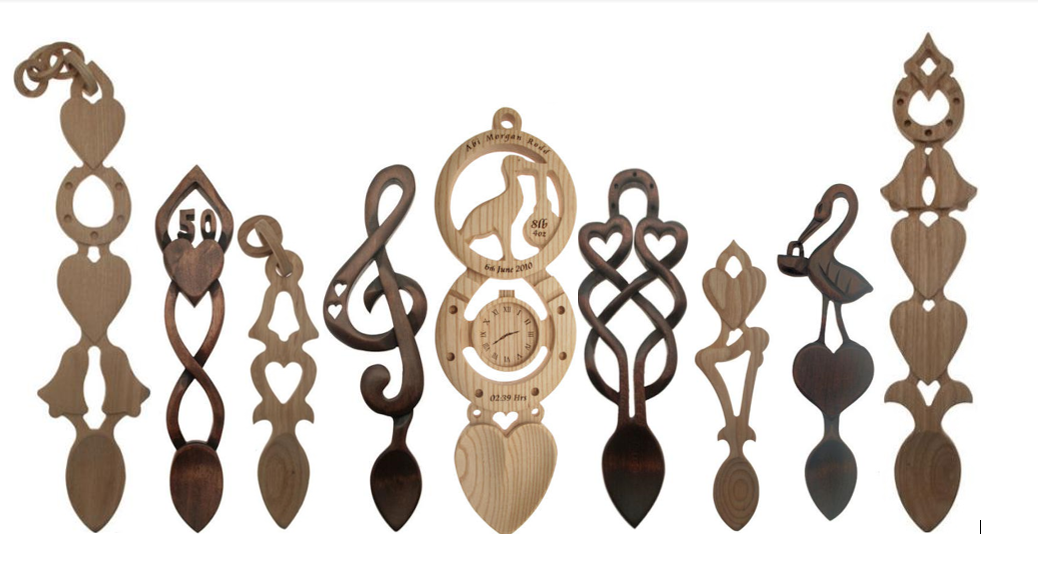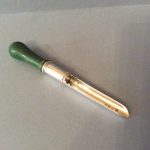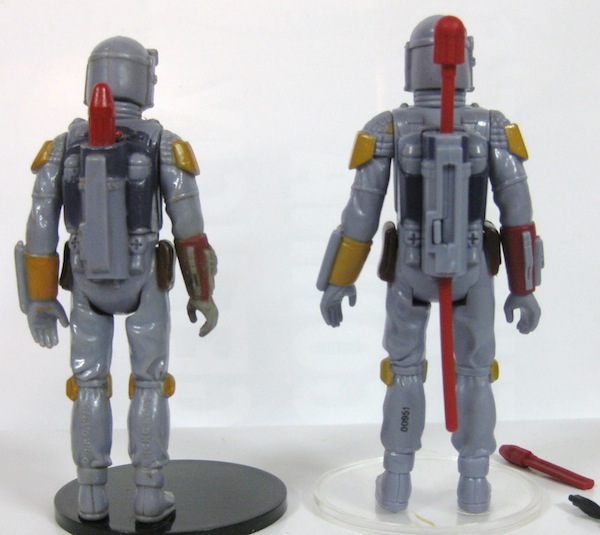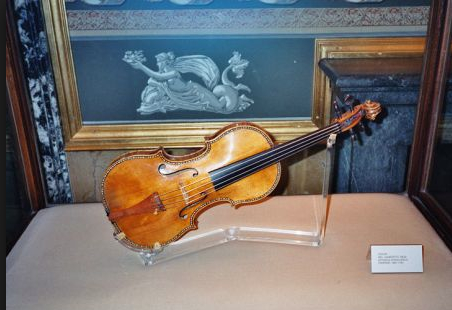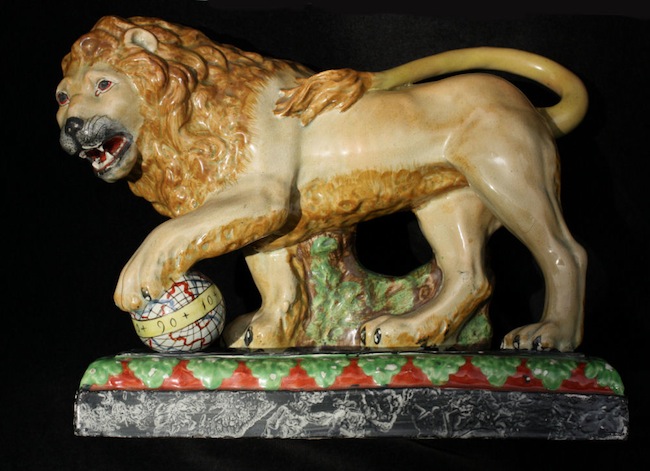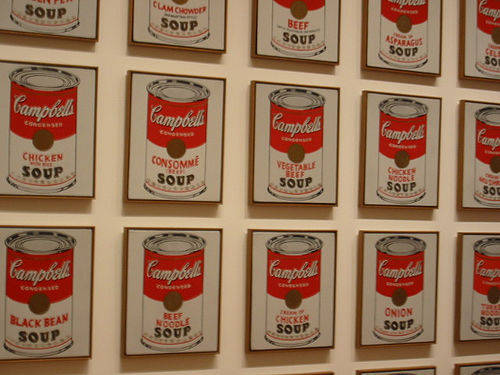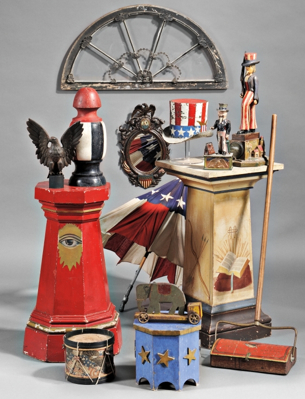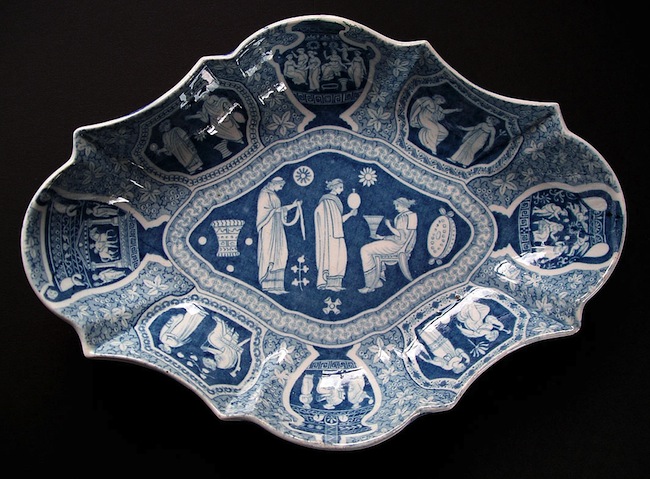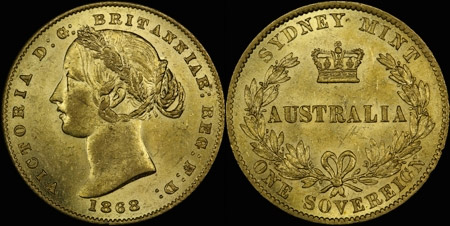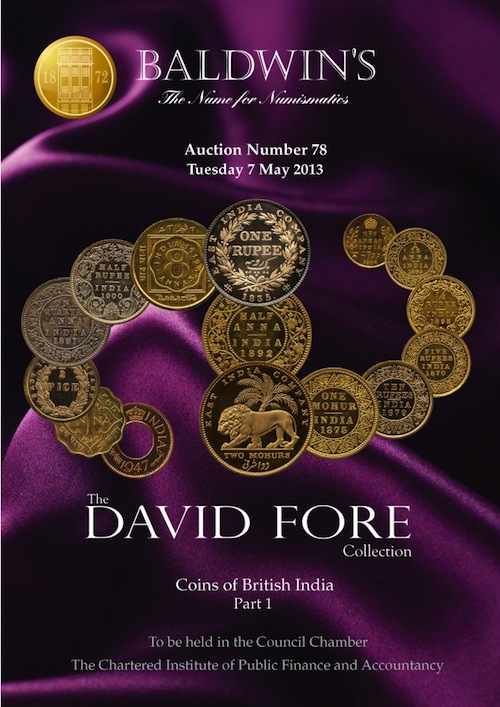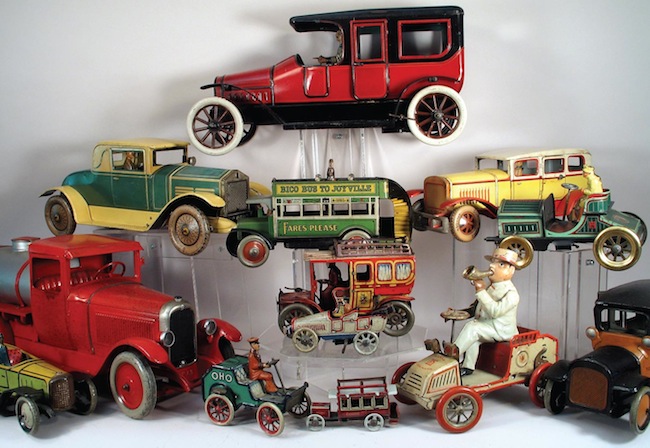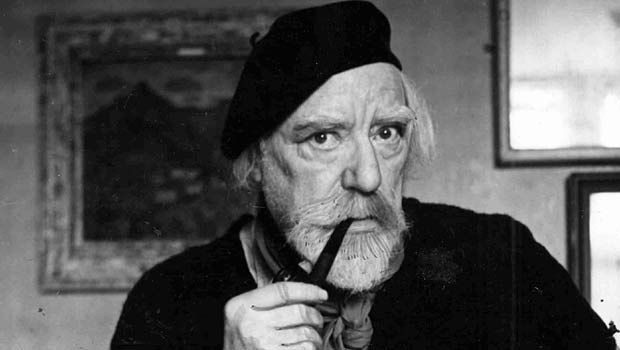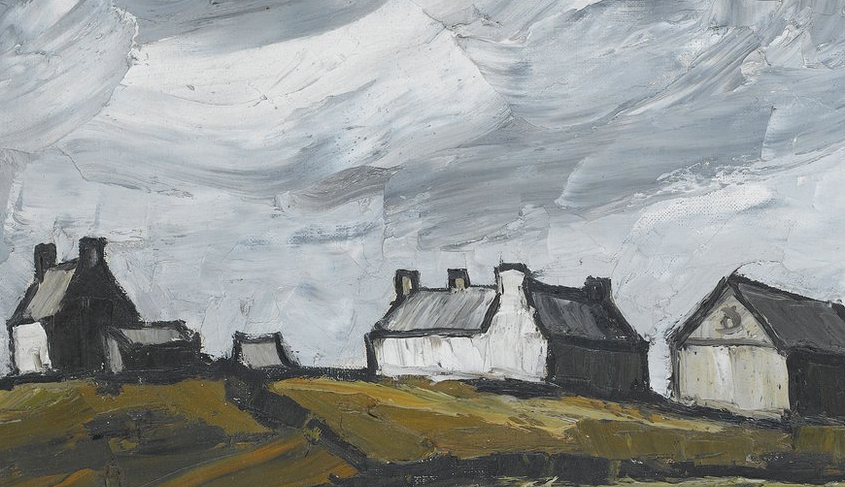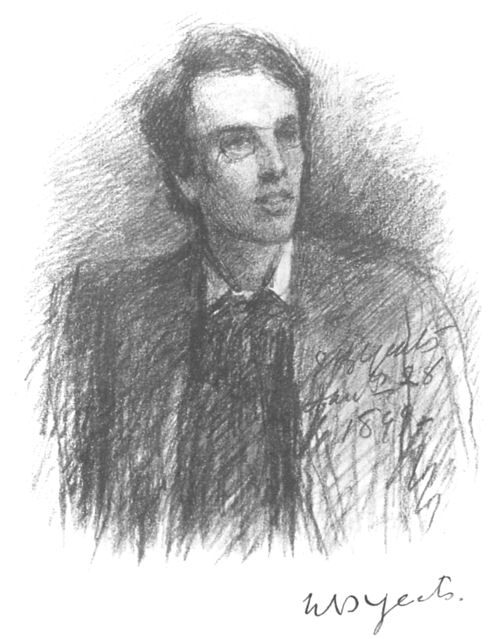CHESTER, England (1701 – 1961)
Chester (closed 1961)
(Pictured above)
Two candlesticks from a set of four made during the time when there was no assay office in Birmingham. Boulton and Fothergill had to send all their silver to Chester, 72 miles away, to be assayed. The design is said to have been inspired by Boulton’s travels in France in 1765 and quickly became very desirable. The other 2 candlesticks are in Soho House, Birmingham.
The beauty of silver has attracted collectors for many years. Collecting silver became particularly popular in the 19th century and this popularity continues to the present day. Chester has been the location of choice for a number of silversmiths over the years. Plate was assayed at Chester from the early 15th century. Hallmarks were regulated from about the end of the 17th century but there are some pitfalls and points to remember when buying silver. The Chester Assay office was re-established in 1701 and closed in 1961. Prior to the establishment of the Birmingham Assay Office in 1773, most of the plate produced in the Midlands and the north west of England was “touched” at Chester.
Silver is one of Chester’s greatest contributions to the visual arts in Britain, and the Grosvenor Museum houses a national important collection. The gallery displays 400 years of Chester hallmarked silver, together with Chester race trophies, Cheshire church plate and secular silver, and silver from the Marquess of Ormonde’s collection.
Chester Silver Hallmarks
Hallmarks on silver were first introduced in the UK in 1300 as a method of proving that the silver object contained the correct amount of silver. Pure silver is a very soft metal and consequently any object made from silver requires some base metal to be added to it to strengthen it. In the early days it was not uncommon for silver objects to be melted down and converted into coinage, and so it was imperative that the silver used was of a sufficient grade, especially with continental silver containing a much lower percentage of silver. Silver Hallmarks were the answer to this problem. Any piece of silver had to be officially approved to be of a high enough silver content, and would be given it’s hallmark only when this was the case. As a consequence the hallmark became a standard of quality and assurance, and the presence of a hallmark on a silver object was an official seal of approval.
A typical set of British silver hallmarks includes the Standard Mark, the City Mark, the Date Letter, possibly a duty mark (see below) Duty Mark, and a Maker’s Mark.
English silver, or Sterling silver is often referred to as solid silver, but it does in fact contain 7.5% copper, so it is 92.5% pure, which is why modern silver often has a .925 mark stamped into it. Continental silver is often only 80% pure.
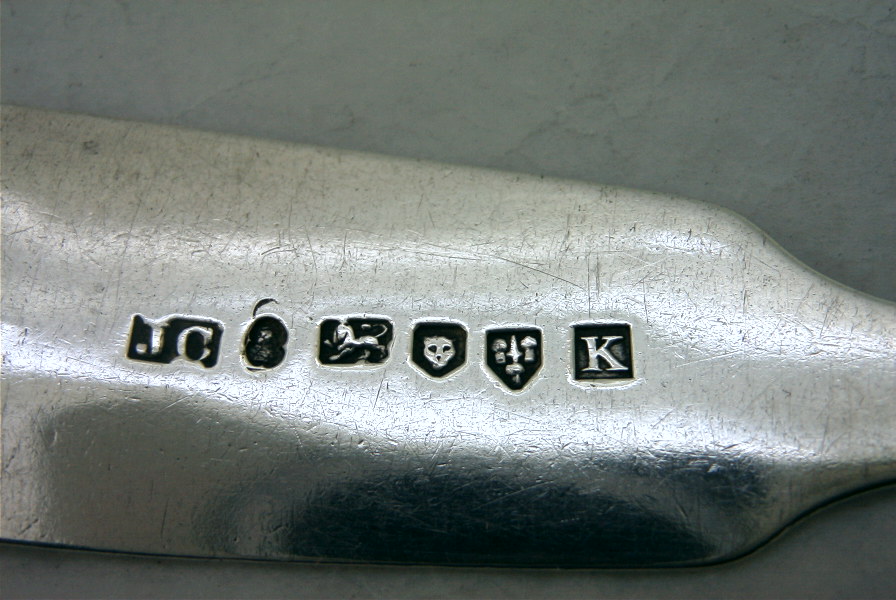
Chester 1828 by John Coakley :: The city arms mark of Chester is highly sought after, being rare on pre 1890 silver. As with Exeter and Newcastle Assay Offices, Chester silver had been made and marked for some centuries previous but an Act of Parliament in 1700 granted Chester with its own assay office. Little flatware is to be found with Chester hallmarks, although several makers from the 1820-40’s produced some fairly ordinary pieces. Chester marked flatware from the 18th Century and earlier is highly sought after. The assay office closed down in 1962.
English Silver Hallmarks evolved over time, with the eventual inclusion of the standard or sterling mark, the assay office, the year of manufacture, the maker, and sometimes an additional mark for special reasons. All of these silver hallmarks can help in identifying exactly when and by who any piece was made, which is not only helpful to collectors of antique silver, but also offers a fascinating dimension to any old silver object that you may possess.
Some points to remember if buying silver:
- The history of silver smithing goes back to about 4000BC.
- The two main ways of working silver are by either pouring molten silver into a mold or by hammering a silver sheet over anvils to raise it up into the finished product.
- Hallmarks were introduced in England in 1300, initially just to stop fraud. The first hallmark was a lion’s head, called leopart in French which became the leopard’s head, familiar to us today.
- A date letter on the hallmark was introduced in 1478.
- All separate parts of an article should be hallmarked, e.g. a jug with a lid will have both marked.
- If a piece of silver is altered, it should have fresh hallmarks.
- Because it is a very soft metal and difficult to work in its pure form, it is usually mixed with another like copper. In the UK, Sterling silver is the standard and that must be 92.5% pure silver; the standard varies from country to country.
- With changes in fashion, many types of silverware have become outmoded. They are then altered so making them more saleable. For example, Georgian drinking mugs have the bodies re-hammered into milk jugs. If you are suspicious, check the thickness of the silver: it should be even throughout the body with no thin spots.
- 18th century soup dishes are no longer particularly desirable so some have been converted into dinner plates. Look for creasing between the plate border and the centre. The hallmark may also be distorted, either stretched or compressed.
- Look out for ‘duty dodgers’. These are pieces of silver made between 1719 and 1758 when duty on silver was high. During that period, to avoid paying the duty, silversmiths would insert a piece of silver already hallmarked from an earlier redundant object. At that time hallmarks on articles like coffee pots and teapots were put on the base in a group. If you see an object like this from this period with the hallmarks in a straight line on the base, be cautious.
- Tankards with lids were made into coffee pots. The body would be re-hammered to make it taller and a spout would be added. The handle would also be changed from silver to wood because a metal handle is not practical for a vessel used for hot liquids. Look at the proportions of a coffee jug: does it look too short for the width of the base? If it does, it could have started life as a tankard.
- Lidded tankards were also made into jugs. A short spout is hammered out or added to the tankard and often the plain original object has ornate decoration added.
- If you want to start collecting early Apostle spoons, be very careful. There are a number of excellent fakes on sale. The only realistic way to detect them is to be very experienced and have an excellent eye for the real thing. Easier fakes to spot are the ones converted from 18th century tablespoons because the hallmarks are often wrong and the modelling of the Apostle is poor.
- To start collecting silver, like all other forms of collecting, it is a good idea to look at many authentic pieces so that you can recognise and have a ‘feel’ for the genuine article. If you know what they look like alarm bells should ring when something is not right, even if you cannot put your finger on what is wrong with a piece. The other good advice is always buy from a reputable dealer who guarantees authenticity.
Plate was assayed at Chester from the early 15th century. Marks were regulated from about the end of the 17th century. The Chester office was re-established in 1701 and closed in 1961. Prior to the establishment of the Birmingham Assay Office in 1773, most of the plate produced in the Midlands and the north west of England was “touched” at Chester. The date letter which followed a 25 year cycle was changed in July

1686 – 1701 Three wheatsheaves (“garbs”) with sword.
1701 – 1779 Three wheatsheaves / Three lions halved
1779 – 1961 Three wheatsheaves with sword.
![]() TABLE OF CHESTER DATE LETTERS • 1701 – 1925
TABLE OF CHESTER DATE LETTERS • 1701 – 1925
City of Chester – 1904 Maker Unknown

Chester Date Letters • 1701 – 1925
The shape of the shield cartouche around the City Mark and Standard Mark generally change to match the shield around the Date Letter Mark.

CHESTER MAKERS’ MARKS
| B & F | Matthew Boulton & James Fothergill | JA | John Adamson |
| Bi | Charles Bird | JC | James Conway or John Coakley |
| BP | Benjamin Pemberton | JL | John Lowe |
| Bu | Nathaniel Bullen | JS | John Sutters |
| Du | Bartholomew Duke | NC | Nicholas Cunliffe |
| EM | Edward Maddock | Pe | Peter Pemberton |
| FB | Francis Butt | RG | Robert Green |
| GL | George Lowe | RI | Robert Jones |
| GR | George Roberts | RL | Robert Lowe |
| GW | George Walker | RP | Richard Pike |
| IB | James Barton | RR | Richard Richardson |
| IG | John Gilbert | TM | Thomas Maddock |
| IL TL | John & Thomas Lowe | WH | William Hull |
| IR | John Richards | WP | William Pugh |
| IW | Joseph Walley | WR | William Richardson |
Silver Marks – Click on an image for more information
- Anglo-Orient Trading Co Ltd (registered May 1947)
- Alexander Ritchie 1910..1911 (registered May 1910)
- A Roden & Son (registered Apr 1930)
- Adolph Scott Adolph Scott Ltd (after c1933)
- Adolph Scott Adolph Scott Ltd (after c1933)
- Albert Slade 1894 (registered c1892)
- Albert Sydenham (registered c1899)
- Albert Sydenham (registered Aug 1908)
- Alstons’ & Hallam 1900
- Albert Thomas Oliver (registered Aug 1904)
- Alfred Vernon 1890 (registered c1888)
- Albert Waterfall (1885-1906)
- Albert Waterfall (1885-1906)
- Alfred Wigley (registered Jun 1899)
- A Wilcox 1925..1927 (registered Sep 1925)
- A W (Unidentified) 1911..1924
- Alfred Wathew Butt 1902 (registered Apr 1902)
- A W Crosbee & Co (Arthur Walter Crosbee) (registered Mar 1902)
- A W Crosbee & Sons Ltd (registered May 1926)
- Wickes & Trahern (Amelia Wickes & Frederick Trahern) (registered Dec 1877)
- Alfred George Griffiths (registered Sep 1880)
- Alfred George Mascall 1896 (registered Apr 1896)
- Arthur George Rendell 1907..1909 (registered Jun 1907)
- Alfred Horatio Darby (registered Apr 1895)
- Alfred Henry Read 1888 (registered c1894)
- Albert Jackson 1903 (registered Feb 1902)
- A J Bailey (registered Jun 1956)
- Alfred James Blake 1909 (registered Oct 1908)
- Alfred James Cheshire 1896..1923 (registered c1890)
- Arthur James Lawrence (registered Mar 1909)
- Arthur Johnson Smith 1900..1912 (registered May 1895)
- Arthur Johnson Smith (registered May 1908)
- Arthur Johnson Smith (registered Jul 1905)
- Arthur Johnson Smith (registered May 1909)
- Arthur James Walker 1892..1893 (registered Nov 1882)
- Aaron Lufkin Dennison (registered Dec 1905)
- Aaron Lufkin Dennison (registered Dec 1905)
- Adie & Lovekin Ltd 1910..1928 (registered Mar 1909)
- Alfred Marston 1909..1917 (registered Nov 1908)
- Waterfall & Gravenor (Albert Waterfall & Robert Gravenor) 1880..1883 (registered May 1881)
- Andrew Moodie (registered Mar 1912)
- Albert Yewdall 1902 (registered May 1900)
- Arthur Joseph Mason (registered Feb 1908)
- 1910 (registered c1889)
- A Bromet & Co (registered May 1883)
- A Bromet & Co 1900..1904 (registered Feb 1899)
- Andrew Barrett & Sons 1899..1913 (registered Mar 1897)
- Andrew Barrett & Sons (registered c1891)
- Abrahams Brothers (registered May 1902)
- Ahronsberg Brothers 1903..1913 (registered Apr 1896)
- Albury Brothers (registered Apr 1940)
- Adie Brothers Ltd 1932.1935 (registered Apr 1922)
- A Carter 1904 (registered Nov1897)
- Albert Curtis 1895..1900 (registered c1888)
- Arthur Cash (registered Jan 1882)
- Arthur Creighton 1952..1958 (registered Sep 1952)
- Cohen & Charles 1897 (registered Sep 1895)
- Alfred Constantine (registered Oct 1911)
- The Alexander Clark Manufacturing Co (registered Apr 1906)
- Arthur Downing Ltd (registered Oct 1901)
- Arthur Duckworth 1946 (registered Aug 1945)
- Abraham David Loewenstark (registered Apr 1885)
- Alfred Everington 1900..1901 (registered Oct 1900)
- Albert Ernest Jenkins 1902..1915 (registered Dec 1902)
- Albert Edward Jones 1913..1922 (registered Jan 1911)
- Alfred Forth 1952 (registered Jun 1948)
- Arthur Fenwick (registered Sep 1934)
- A F S 1895..1899
- Abraham Meyer Blanckensee (registered Apr 1879)
- Alfred Gurney 1882..1888 (registered Apr 1875)
- Abraham Meyer Blanckensee (registered Oct 1880)
- Arthur Graf 1907..1910 (registered Jul 1907)
- Peacock, Mansfield & Britton (Arthur Mansfield & James Britton) (registered Mar 1899)
- Abrahall & Bint (Arthur John Abrahall & John William Bint) (registered Jun 1896)
- Abrahall & Bint (Arthur John Abrahall & John William Bint) (registered Nov 1898)
- Able & Charnell (Thomas Able & Walter James Charnell) 1912 (registered Dec 1904)
- Able & Charnell (Thomas Able & Walter James Charnell) 1901..1903 (registered May 1902)
- Abrahams & Co (Abraham Levi Abrahams) (registered Apr 1903)
- Akerman & Co 1920 (registered Feb 1898)
- Asprey & Co Ltd 1905..1909 (registered May 1905)
- Asprey & Co Ltd 1922 (registered Dec 1922)
- Asprey & Co Ltd 1912..1937 (registered Feb 1910)
- Abbott & Jones 1836
- Adie & Lovekin (registered Aug 1883)
- Alexander & Lawson 1915 (registered Apr 1909)
- Adie & Lovekin Ltd 1910..1913 (registered Mar 1909)
- Aron Brothers (Albert Aron) (registered Feb 1897)
- A C Bloxham Ltd (Albert Cowley Bloxham) (registered Nov 1921)
- Waltham Watch Co, UK (Alfred Bedford) (registered c1890)
- A & F Thorneywork (Arthur Thorneywork & Fred Thorneywork) (registered Mar 1904)
- Waltham Watch Co, UK (Alfred Bedford) 1878 (registered Sep 1876)

